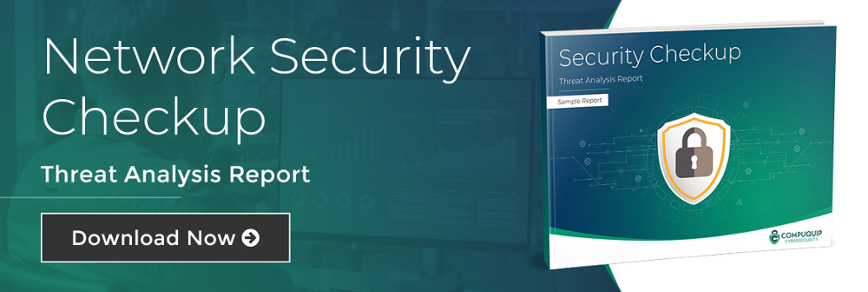How to Find Security Vulnerabilities
Cybersecurity is often taken for granted. People assume that their network security is fine as is—at least, until something goes wrong and the organization suffers a service outage or data breach because of security vulnerabilities they failed to address. Finding security vulnerabilities and closing security gaps proactively is an absolute must for modern businesses.
But, many organizations lack the tools and expertise to identify security vulnerabilities. To help your business improve its cybersecurity, here are some tips for how to find security vulnerabilities:
How to Find Security Vulnerabilities: Audit Your Network Assets
To find security vulnerabilities on the business’ network, it is necessary to have an accurate inventory of the assets on the network, as well as the operating systems (OSs) and software these assets run. Having this inventory list helps the organization identify security vulnerabilities from obsolete software and known program bugs in specific OS types and software.
Without this inventory, an organization might assume that their network security is up to date, even though they could have assets with years-old vulnerabilities on them. Also, if a new security protocol is applied to assets on the network to close security gaps, but there are unknown assets on the network, this could lead to uneven protection for the organization.
For example, say that Servers A, B, and C get updated to require multi-factor authentication, but Server D, which was not on the inventory list, doesn’t get the update. Malicious actors could use this less-secure server as an entry point in an attack. Breaches have occurred in this manner before. As noted by The New York Times in an article about a major data breach affecting JPMorgan Chase bank, “Most big banks use a double authentication scheme, known as two-factor authentication, which requires a second one-time password to gain access to a protected system. But JPMorgan’s security team had apparently neglected to upgrade one of its network servers with the dual password scheme.”
When it comes to finding security vulnerabilities, a thorough network audit is indispensable for success.
How to Find Security Vulnerabilities: Penetration Testing
After completing the audit of the network and inventorying every asset, the network needs to be stress-tested to determine how an attacker might try to break it. Such penetration testing is how cybersecurity professionals check for security gaps so they can be closed before a malicious attack occurs.
The methodology behind a penetration test may vary somewhat depending on the organization’s network security architecture and cybersecurity risk profile—there is no true “one size fits all” approach to penetration testing. However, the general steps of a penetration test usually involve:
- Getting a “white hat” hacker to run the pen test at a set date/time.
- Auditing existing systems to check for assets with known vulnerabilities.
- The “hackers” running simulated attacks on the network that attempt to exploit potential weaknesses or uncover new ones.
- The organization running its incident response plan (IRP) to try and contain the “attacks” simulated during penetration testing.
In addition to identifying security vulnerabilities, the last item on the list can also help to find deficiencies in the company’s incident response. This can be useful for modifying response plans and measures to further reduce exposure to some cybersecurity risks.
How to Find Security Vulnerabilities: Creating a Threat Intelligence Framework
Penetration testing is highly useful for finding security vulnerabilities. However, it isn’t the only method companies should use. Another tool for identifying potential issues is the threat intelligence framework. This framework helps your organization:
- Define what it needs to protect.
- Set goals for overall network security.
- Identify primary threat sources.
- Refine cybersecurity protections.
- Choose appropriate threat intelligence feeds to monitor new and emerging cyber threats and attack strategies.
Knowing what your biggest network security threats are is crucial for keeping your cybersecurity protection measures up to date. This is where many companies turn to a managed security services provider (MSSP), since these cybersecurity experts will often have tools and experience that make creating a threat intelligence framework easier.
Many MSSPs can provide penetration testing and vulnerability management services to quickly identify major network security issues—and then help their customers close those security gaps before an attacker can leverage them. MSSPs can also help create or modify incident response plans so companies can minimize the impacts if a network security breach does unfortunately occur.
Need help finding security vulnerabilities so you can proactively close them? Sign up for a free network security checkup at the link below:

